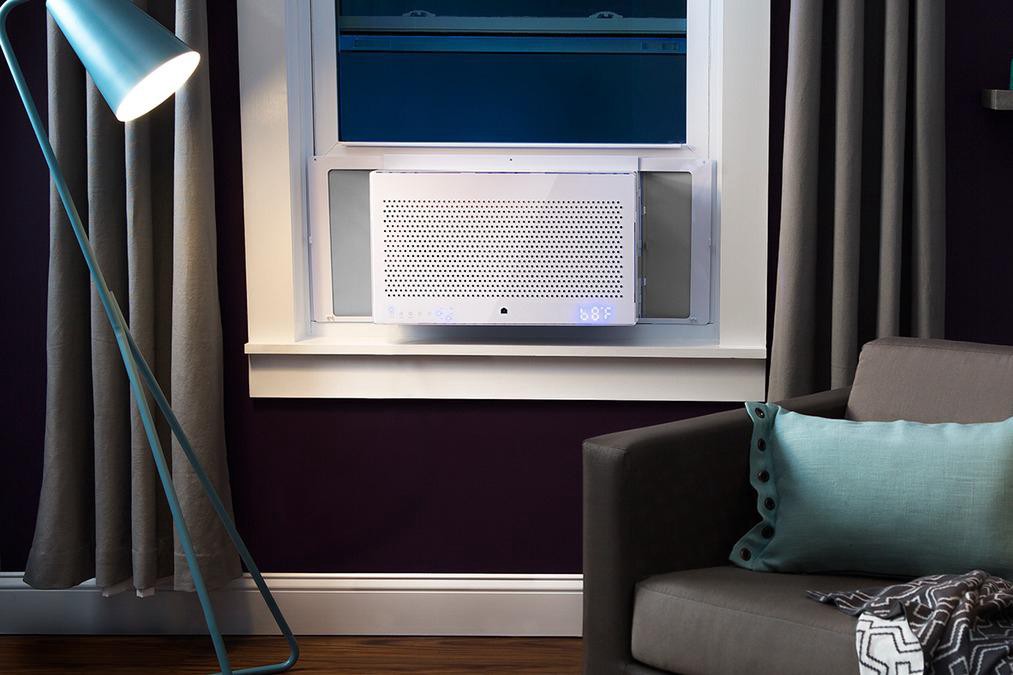Deadly heat waves are becoming more frequent and more severe, as we reported yesterday. The best way to protect against heat-related deaths is well known: more air conditioning. AC “can mean the difference between life and death,” says Michael Greenstone, director of the University of Chicago’s Energy Policy Institute.
The world is on track to add 700 million new ACs by 2030, and 1.6 billion by 2050, as China, India, Brazil and Indonesia crank up their use of air conditioners, says a 2105 paper published by the Lawrence Berkeley Lab. While this might help reduce heat deaths, it is projected to contribute to nearly a full degree Fahrenheit of atmospheric warming over the coming century.
Today’s units cool by using hydrofluorocarbons (HFCs), which were adopted in the 1990s to replace an earlier coolant that was depleting the ozone layer. Turns out HFCs are potent greenhouse gases, up to 9000 times more powerful than carbon dioxide. There’s been a 258 percent increase in HFC emissions since 1990, according to the EPA.
The solution: a rapid switch to highly efficient air conditioners using refrigerants that don’t contribute so much to global warming. That could avoid the equivalent of as much as 25 billion tons of CO2 in 2030, 33 billion tons in 2040, and 40 billion tons by 2050, the Berkeley Lab paper estimates.
The Kigali Amendment to the Montreal protocol that phased out the earlier coolant reflects growing global concern over HFCs and highlights progress being made to develop refrigerants with low global-warming potential.
What about the existing stock of ACs? Taking a page from the carbon markets, the Kigali conference set up a kind of cap-and-trade system. Companies the rely on refrigeration and air conditioning can buy credits that help make recycled HFCs cost-competitive with virgin sources.
Such an approach succeeded in phasing out the earlier coolant with ozone-destruction offsets that put a value on the coolants “and created an incentive for technicians and contractors who collected and destroyed them at unprecedented rates,” according to Natural Capital Partners.











